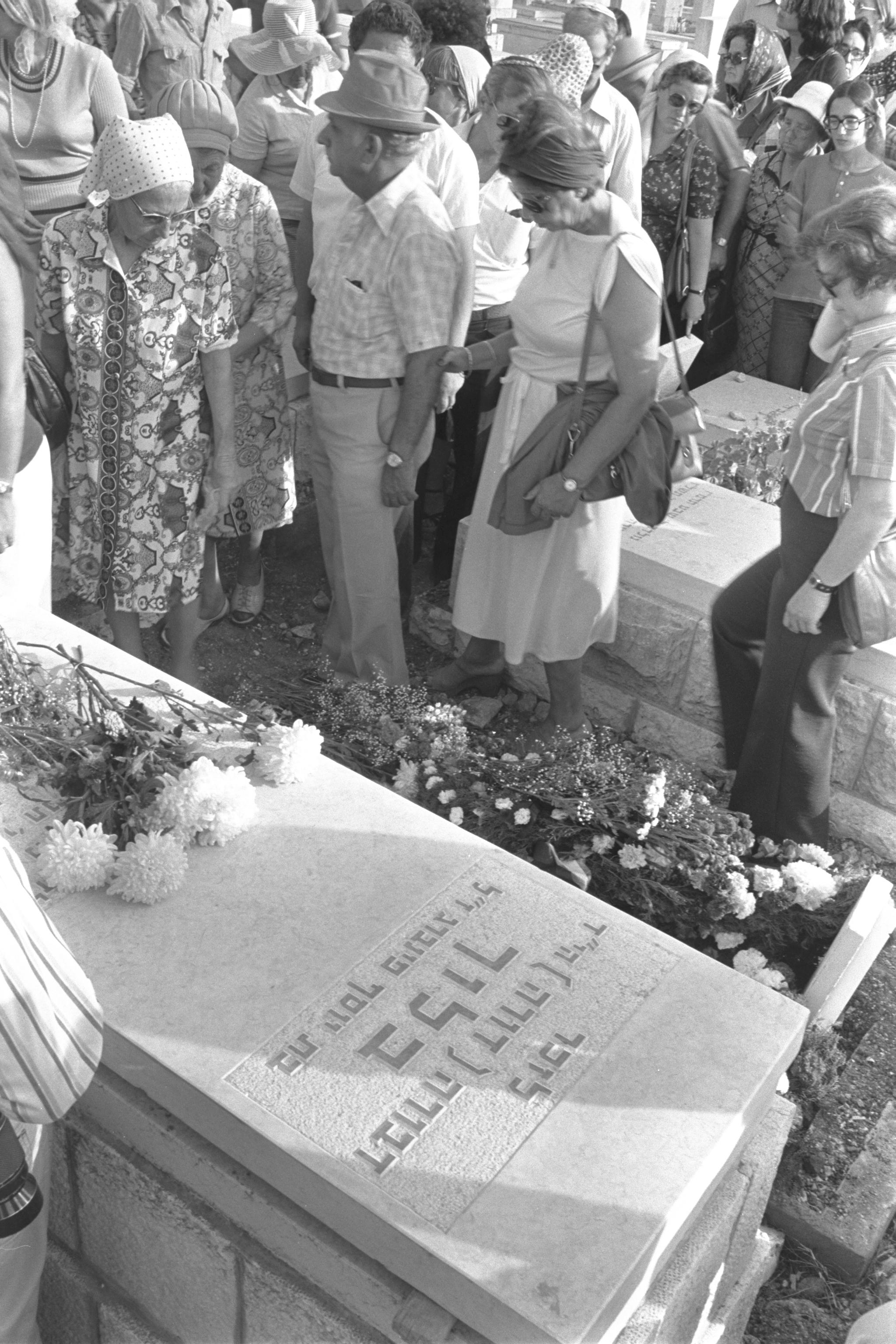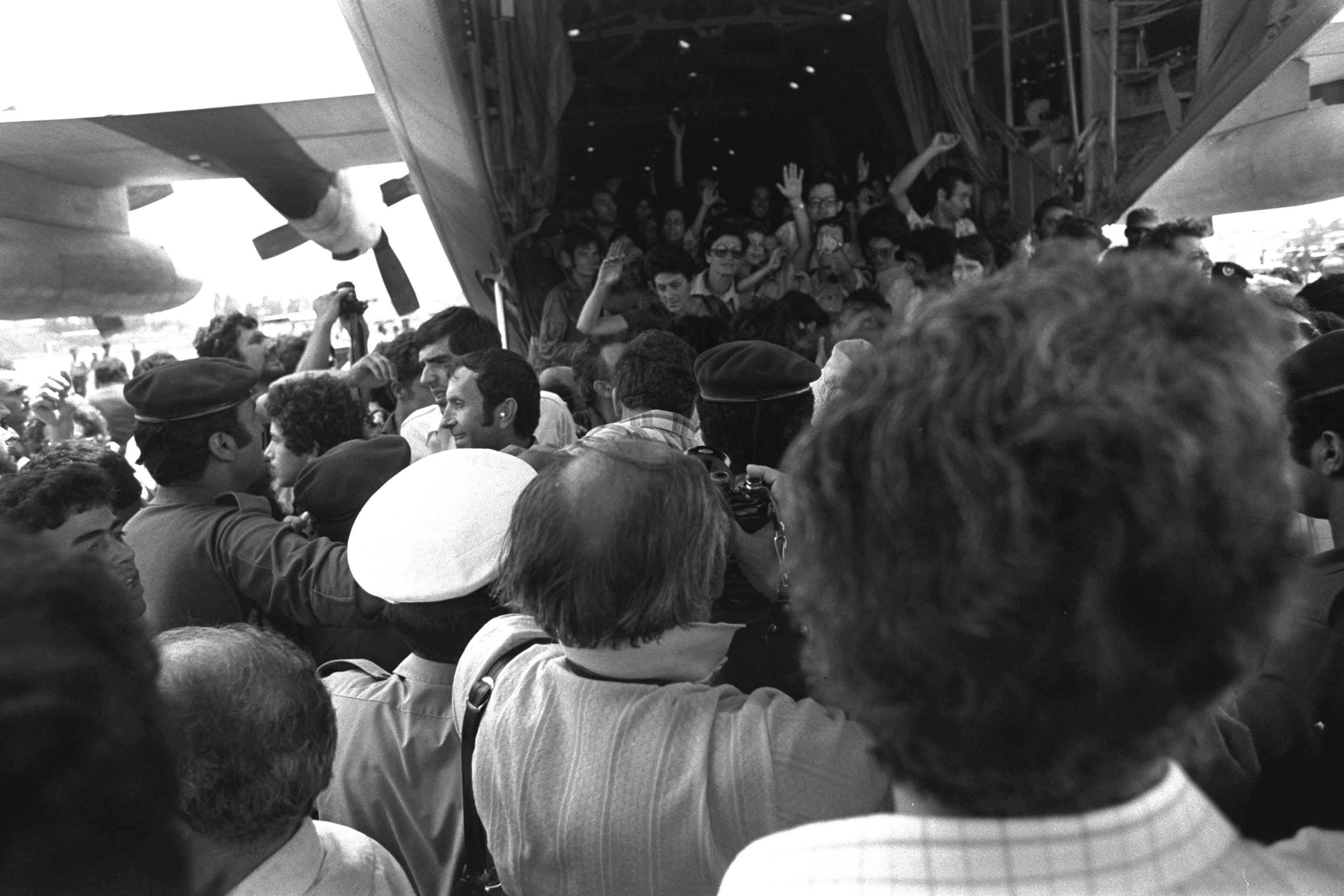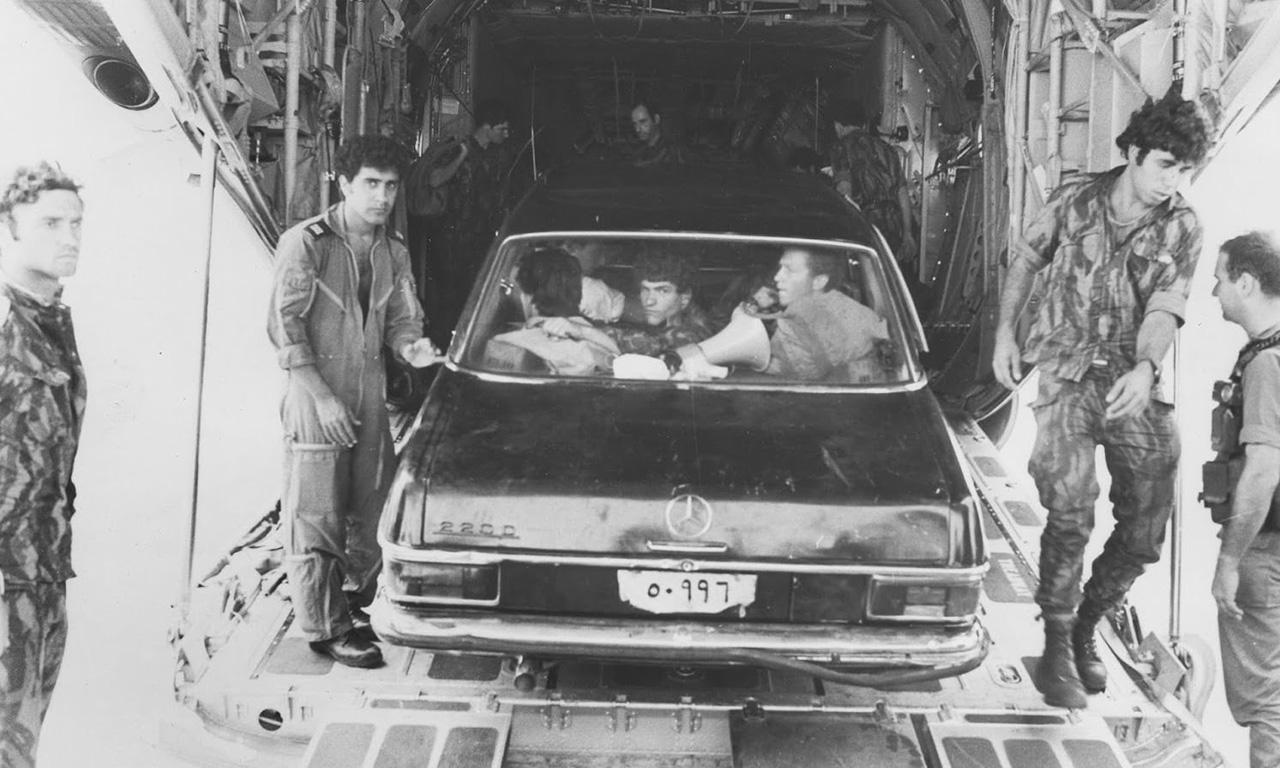Entebbe Airport Raid, 1976
Enlarge text Shrink textThe Entebbe raid, also known as the Operation Entebbe and officially codenamed Operation Thunderbolt (also retroactively codenamed Operation Yonatan), was a 1976 Israeli counter-terrorist mission in Uganda. It was launched in response to the hijacking of an international civilian passenger flight (an Airbus A300) operated by Air France between the cities of Tel Aviv and Paris. During a stopover in Athens, the aircraft was hijacked by two Palestinian PFLP–EO and two German RZ members, who diverted the flight to Libya and then to Uganda, where they landed at Entebbe International Airport to be joined by other terrorists. Once in Uganda, the group enjoyed support from Ugandan dictator Idi Amin. A week earlier, on 27 June, an Air France Airbus A300 jet airliner with 248 passengers had been hijacked by two members of the Popular Front for the Liberation of Palestine – External Operations (PFLP-EO) under orders of Wadie Haddad (who had earlier broken away from the PFLP of George Habash), and two members of the German Revolutionary Cells. The hijackers took hostages with the stated objective of compelling the release of 40 Palestinian and affiliated militants imprisoned in Israel as well as the release of 13 prisoners in four other countries. Over 100 Ugandan soldiers were deployed to support the hijackers after the flight landed, and Amin, who had been informed of the hijacking from the beginning, had personally welcomed the terrorists at Entebbe. After moving all of the hostages to a defunct airport, the hijackers separated all Israelis and several non-Israeli Jews from the larger group of passengers, subsequently moving them into a separate room. Over the next two days, 148 non-Israeli hostages were released and flown out to Paris. The 94 remaining passengers, most of whom were Israelis, and the 12-member Air France crew continued to be held as hostages. Representatives within the Israeli government initially debated over whether to concede or respond by force, as the hijackers had threatened to kill the 106 captives if the specified prisoners were not released. Acting on intelligence provided by Mossad, the decision was made to have the Israeli military undertake a rescue operation. The Israeli plans included preparation for an armed confrontation with Amin's Uganda Army. Initiating the operation at nightfall on 3 July 1976, Israeli transport planes flew 100 commandos over 4,000 kilometres (2,500 mi) to Uganda for the rescue effort. Over the course of 90 minutes, 102 of the hostages were rescued successfully, with three having been killed. One of the dead hostages, Dora Bloch, was murdered by Ugandan authorities at a hospital in Kampala shortly after the Israeli rescue operation; she had fallen ill during the hijacking and was removed from the plane for treatment prior to the commandos' arrival. The Israeli military suffered five wounded and one killed; Yonatan Netanyahu was Israel's sole fatality of Operation Entebbe, and had led Sayeret Matkal during the rescue effort – he was the older brother of Benjamin Netanyahu, who would later become Israel's prime minister. The Israeli commandos killed all of the hijackers and 45 Ugandan soldiers, and 11 of Uganda's MiG-17s and MiG-21s were destroyed. Over the course of the operation in Uganda, Israel received support from neighbouring Kenya. Idi Amin subsequently issued orders for the Ugandan army to kill all Kenyans living in Uganda, leading to the deaths of 245 Kenyan-Ugandans and the exodus of around 3000 Kenyans from Uganda.
Read more on Wikipedia >
 Topic
Topic














